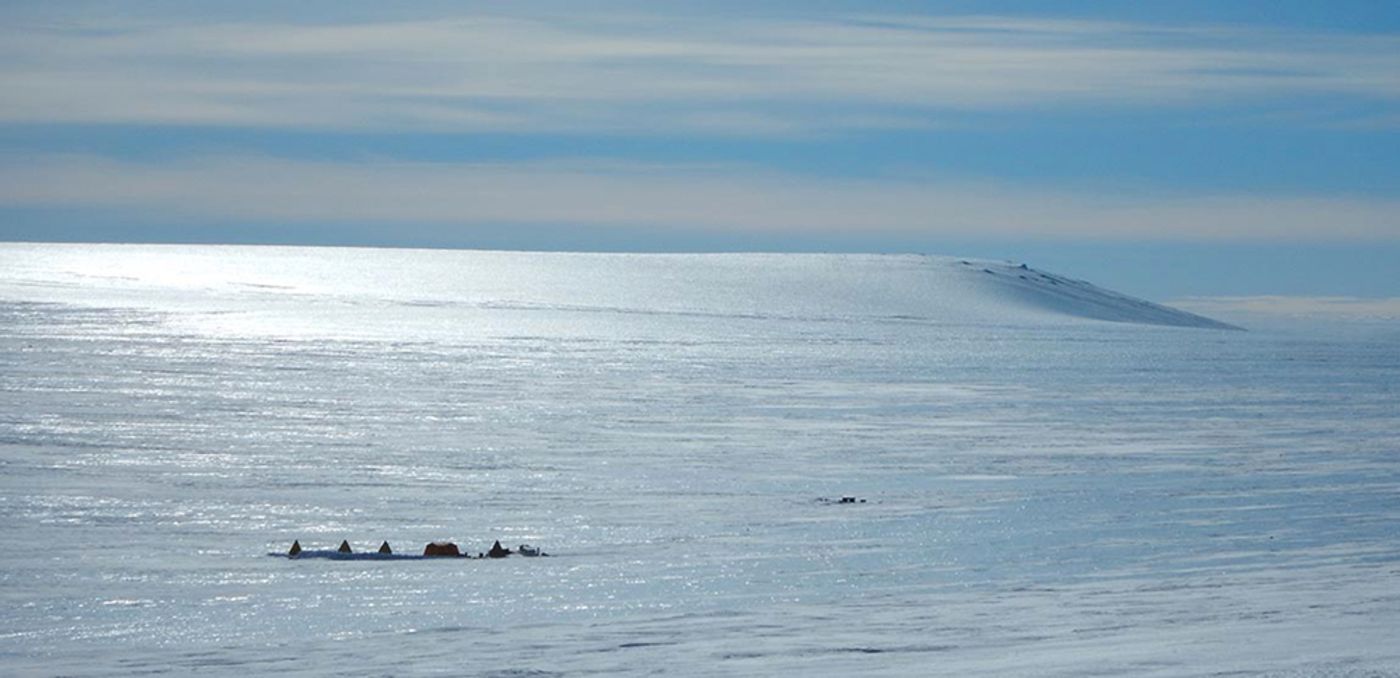What really old ice can tell us
Right now, the farthest we can go back in time to analyze the history of our planet’s climate is 800,000 years. We do so with ice cores – layers of ancient ice that have trapped gasses in their bubbles. These gasses help us determine what the climate was like at specific moments in history – what were the temperatures, how was the atmospheric composition, etc. While 800,000 years is definitely a significant chunk of time, scientists are always pushing to go back farther, find older evidence. And now, following a lead from a study published in Geophysical Research Letters, we might have an ice core dating back 1 million years.
The study comes from the University of Washington and the University of Maine and points towards a location in the Allan Hills of Antarctica’s Blue Ice Area. The Allan Hills, located near the Trans-Antarctic Mountains, which separate East Antarctica from the West Antarctic Ice Sheet, were disregarded years ago in the quest for ancient ice because scientists thought it had been disturbed, explains Science Daily.
"The Allan Hills has been an area of interest since the 1970s, when scientists started finding lunar and Martian meteorites that had struck Earth long ago. Now we're discovering its potential for old ice,” says Laura Kehrl, author of the recent paper.
To gather more information on this potential ancient ice, researchers used a radar system to send radio waves into the ice. By doing so, the scientists can construct an image of what the ice looks like below the surface based on ice layers that have different chemistries and densities. They then put this information onto a computer, which, using a complex algorithm, computed a model of glacier flow that suggested that the gold-prize million-year-old ice is roughly 100 feet above the bedrock.
Once the researchers have the go-ahead to drill this core, they could retrieve this potentially really, really old ice and open up new doorways to understanding our climate history (ahem, and future). "There's a strong desire to push back the date of the oldest ice core record, to better understand what drives natural climate changes," said Kehrl. Additionally, explained Kehrl, such knowledge could inform scientists more about the history of the Ross Ice Shelf to learn whether and under what circumstances it has collapsed in the past.
Sources: Science Daily, Geophysical Research Letters









